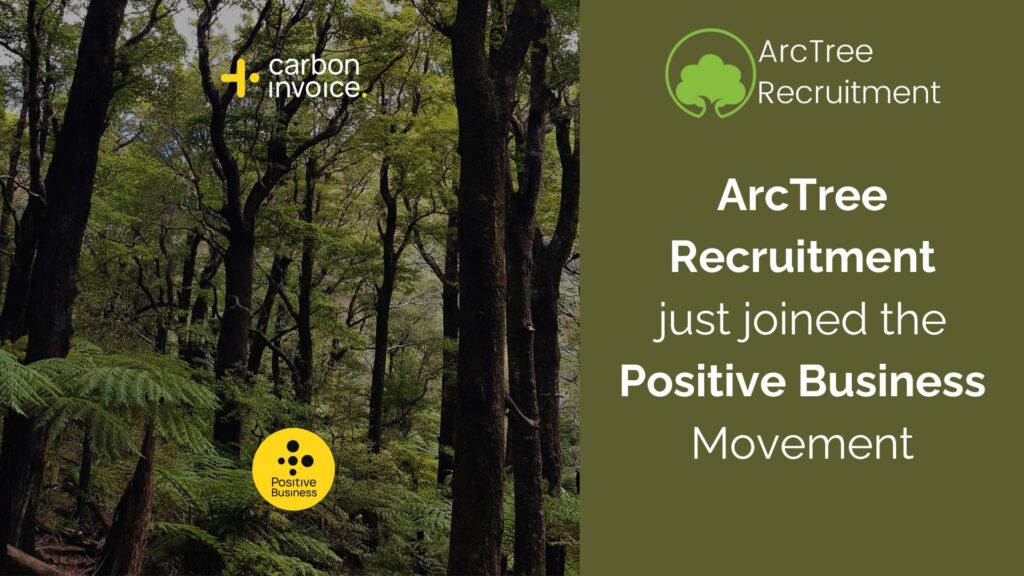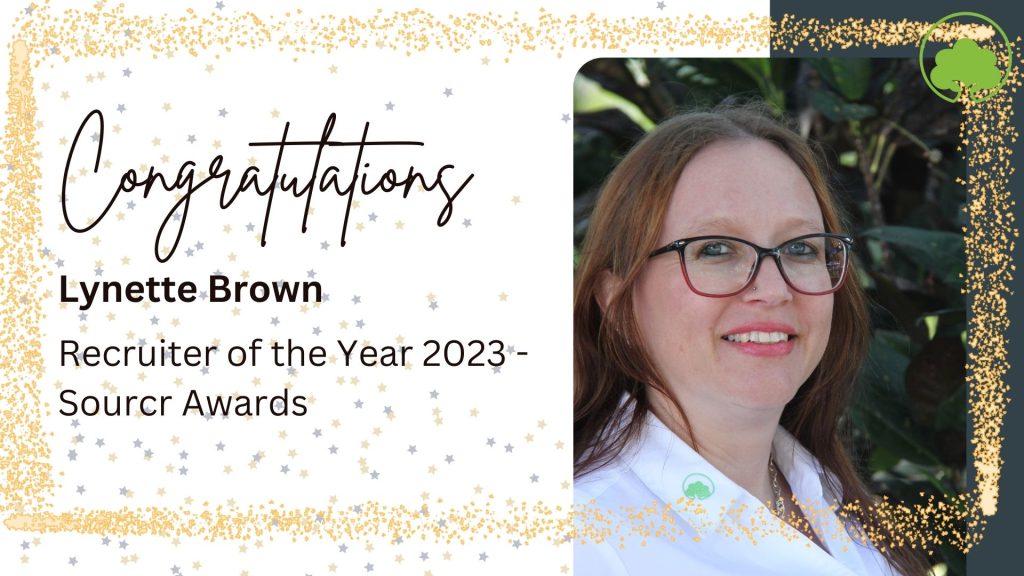Recruitment
By RACHEL NICKLESS – The Australian Financial Review
Managers are inclined to hire people just like themselves: data can prove it – and help stop it happening where it is hurting the bottom line.
So says Talent Analytics Corp chief executive Greta Roberts, who was visiting Sydney from her base in the US last week to explain how predictive analytics can help employers make smarter hiring and promotion decisions and reduce employee churn.
Speaking from a forum held by the Association for Data-driven Marketing and Advertising, Roberts says “unless managers are incredibly aware, they tend to hire people who are like themselves”.
“It blows people away when they look at a manager and who they have hired [based on data alone],” Roberts says. Usually their profiles are so similar you can almost pick which manager hired which staff member, she adds. For example, a risk-averse person is likely to hire people who are similarly risk averse, even if it is for a role that would suit a risk-taker or a team needs diversity, she says.
Predictive analytics for the workplace is used in much the same way as it has been used for years by marketers trying to find good customers, Roberts says. It is about collecting a set of disparate data on some 50-60 variables for a large group of employees and working out what variables “top performers” in that group have in common, and what things the “bottom performers’ have in common.
Then it is a matter of hiring more people with the same traits as stars and avoiding those whose profiles match the lowest performers, she says.
CHANGING EMPLOYER ASSUMPTIONS
The use of data in hiring decisions has critics. Roberts, who is a faculty member of the International Institute of Analytics, says “the biggest fear is that it’s going to become this rogue model for hiring that people have to obey, or it’s going to have a negative impact on employees”.
She says data should not be relied on to the exclusion of other things like job interviews.
But she argues it can help managers see the “real person” and their potential rather than making biased assumptions.
“You don’t know what they [job candidates] look like, where they went to school or what gender they are.
“ It’s a lovely way to value the person for the person and what they are able to contribute,” she argues.
Roberts says data has challenged assumptions about what sort of person would make the best hire and would stay in the job the longest.
It might seem sensible to hire friendly people who have that “smile” in their voice when hiring call centre customer service staff, she says. But Talent Anayltics found quite the opposite.
”The talkers don’t listen as much, they can talk too long and take too long with each call,” she says.
She adds that predictive analytics can also help reduce staff turnover by identifying what sorts of people will enjoy a role . Her firm was called in to a Hawaii-based bank to determine why the attrition rate for bank tellers was 65 per cent annually.
They found the bank, known as a relatively creative organisation, had hired creative types as tellers. Yet creativity was “negatively correlated” with success in the job, she says.
The bank has also begun to revamp its career structure, she says. It had been promoting tellers to personal business bankers, despite the roles having different demands.
“We were lining up top performing tellers to stick them in a role where they weren’t going to fit,” she says.“The career path didn’t make sense.”











